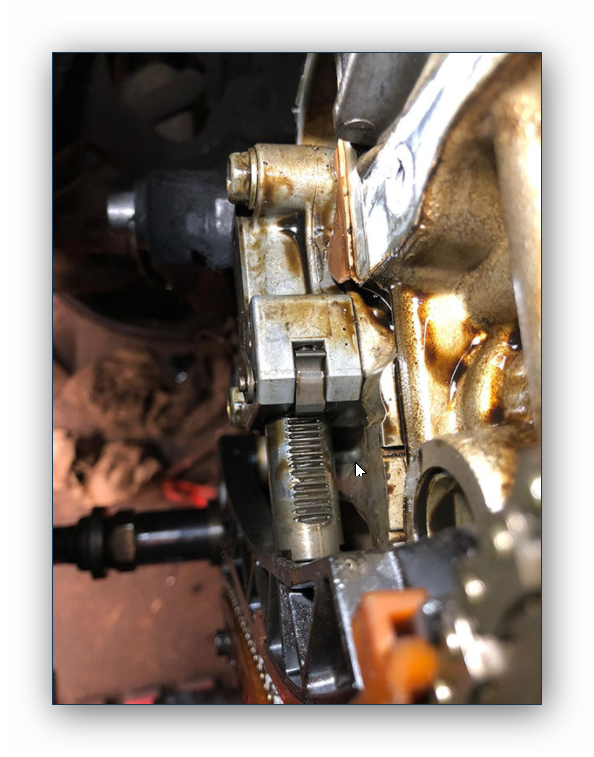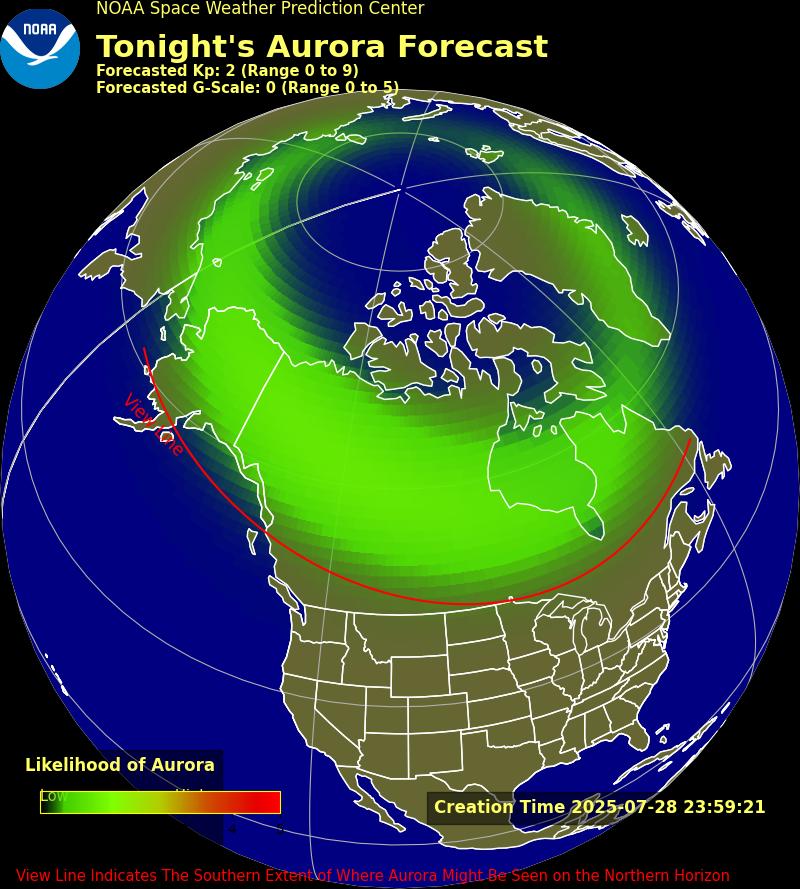Ford Focus – Hard Starting
By Dave Hill
www.londonroadgarage.com
Good to see a few frosty mornings recently, to help bring some work in!
I had a 2003 Ford Focus 1800 TDCI Duratorq come in with a hard start issue from cold. Once it was warm it would start great every time. No DTCs stored and live data showing good pressure generation. Checking amps on the injector harness confirmed commencement of injection too.
Even though glow plugs are not generally associated with cold start issues on modern common rail systems, the fault gave the exact same symptoms of a failed glow plug that you would encounter on a direct injection setup. So I decided to confirm that they were OK anyway. Sure enough they were all good, and I was running short of ideas!
After exploring all reasonable diagnostic approaches I could think of, I decided to go back to basics. One vital ingredient for a good cold start is cranking speed. This particular car didn’t sound too lazy when cranking, but with the list of possibilities running out, I decided to scope the starter motor current.
This capture with the original starter is taken with the cam sensor disconnected…
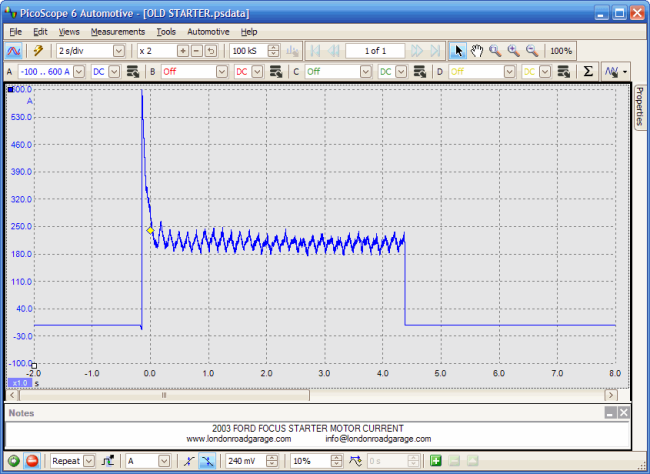
Here it is again, only a little closer and with some measurements taken…
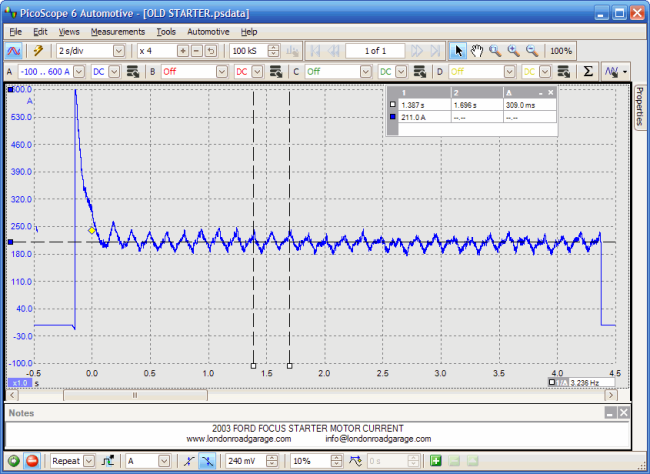
Now with the new starter…
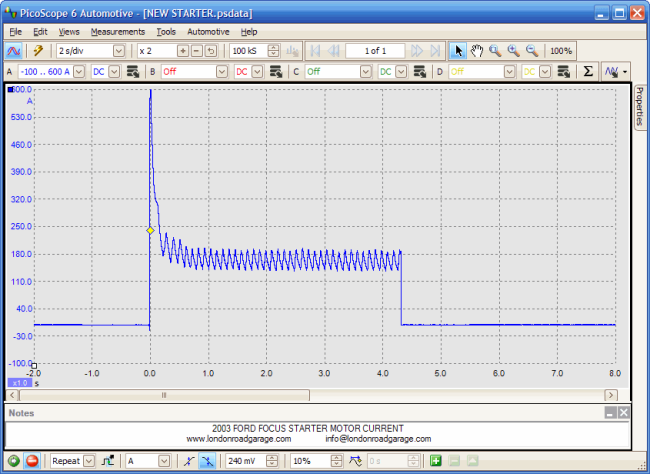
Again seen closer…
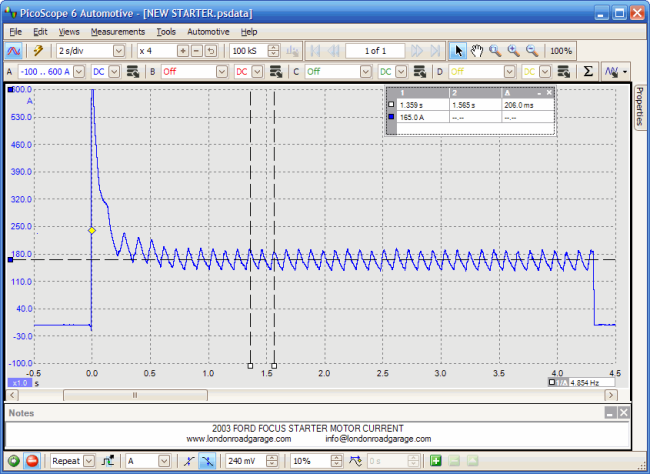
The captures display very nicely the benefit of the new starter motor. Not only has the crank speed increased from 194 rpm to 291 rpm, but the current required (211 amps against 165 amps “average”) to achieve this increase means that more energy is available for other vehicle systems. The signal on the new starter capture is a lot cleaner too.
With good frosts over the next few days for repeated testing, the car now starts quickly at the first attempt.
Imagine how hard it is to convince a customer that his starter motor is the cause of his cold start issue, especially when it sounds like a healthy unit!
Waveforms provide great evidence to back up your diagnosis and repair!








